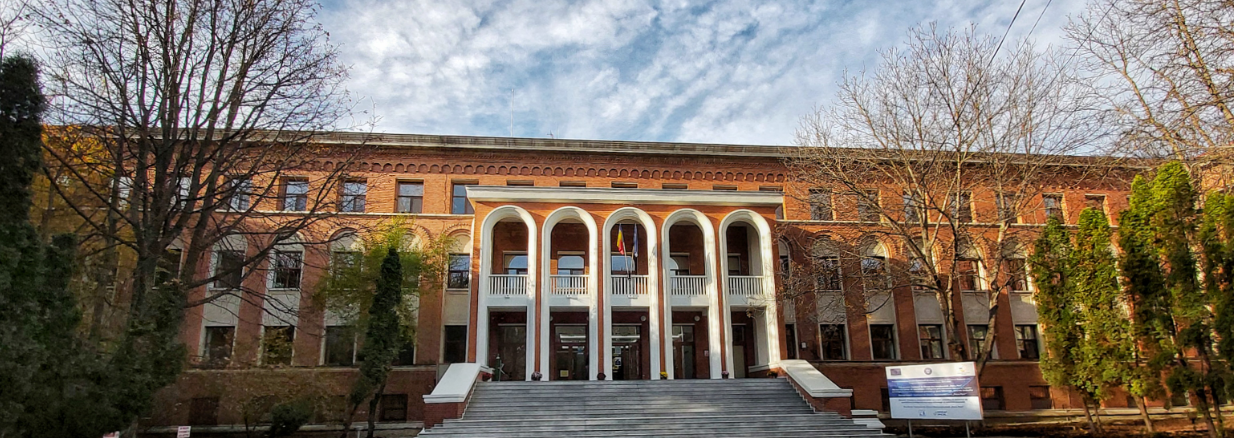Design of new porous functional materials, cryogenically structured, with potential applications in environment protection, biotechnology and medicine
- Development of composite cryogels for environmental protection: (i) preparation of cryogels enriched in nitrogen and metal ions; (ii) testing the composite cryogels in selective sorption of oxyanions as a function of their structure.
- Preparation of cryogels based on natural and/or synthetic polymers and bioactive molecules (enzymes, proteins, polyphenols, essential oils), as films, by the freeze-thawing technique.
- Obtaining bioactive hydrogels by incorporating nanocompartments (micelles, polymerosomes) loaded with bioactive compounds, and evaluating their applicative potential.
- In vitro immobilization/release studies of bioactive species in/from porous matrices and evaluation of mechanical properties of cryogenically structured biomaterials in order to identify potential applications in medicine (controlled release of drugs, tissue engineering).
Development of new organic-inorganic composite materials with increased selectivity for certain molecular and/or ionic species (dyes, enzymes, proteins, drugs, antioxidants, pesticides, metal ions)
- Modification of natural and/or synthetic polymers by polymer-analog reactions for the introduction of new ligand-type functional groups (thiourea, thymine, aminopolycarboxylic acids).
- Preparation of new organic-inorganic composites based on functionalized polymers and various inorganic particles: (i) Ionic composites based on natural and/or synthetic polymers and aluminosilicates with superior chemical and mechanical stability, intended for sorption/desorption, in static and dynamic regimes, of contaminants from synthetic and/or industrial aqueous solutions; (ii) Reutilization of metal ion-loaded biosorbents in new high added-value applications. Thus, the combination between the physical and chemical versatilities of biopolymers (chitosan, alginate, dextran, xanthan) and their high affinity for metal ions will be used in the "waste minimization" process by developing new materials, including specific biosorbents, catalysts, antimicrobial matrices or sensors.
Development of new multifunctional supramolecular architectures with potential applications in biotechnology and medicine
- Synthesis and characterization of amphiphilic block-copolymers by controlled ionic and radical polymerization (ATRP, RAFT).
- The self-assembly of amphiphilic block-copolymers in aqueous media and incorporation of antioxidants, dyes and drugs.
- Preparation of polymer vesicles (polymerosomes) or micelles as protective compartments for bioactive molecules, as well as the evaluation of self-assembled systems functionality and of embedded/encapsulated biomolecules activity.
|








